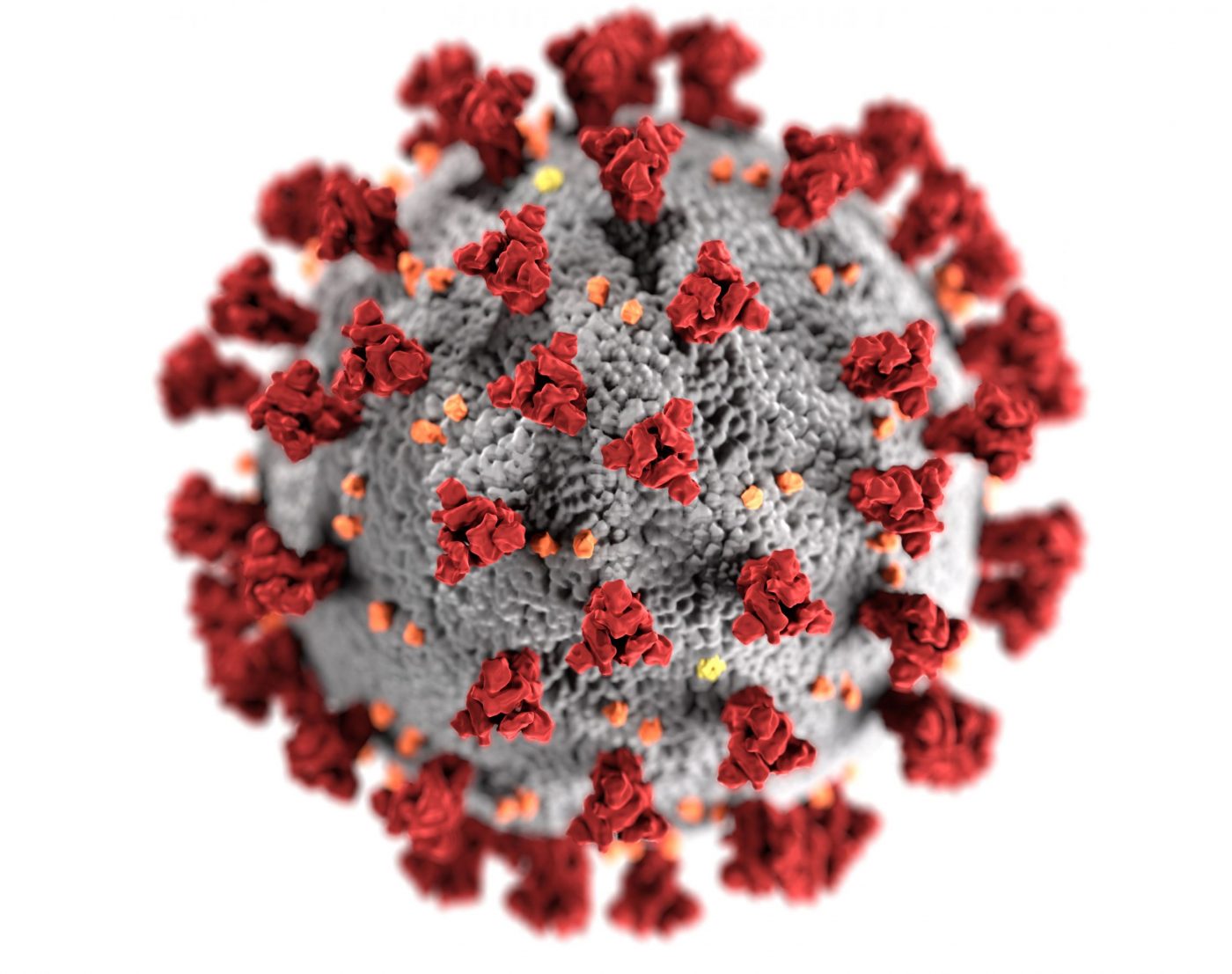Thirty thousand base pairs make up the (relatively tiny) SARS-CoV-2 genome. A singular genome holds limited information. But, by comparing multiple genomes from different patients, animals, places, or time periods, the DNA’s information can be unlocked. From where the virus originated to how it spilled over from animals into humans, how quickly it mutates, and how those changes affect infections—genome comparisons may provide the answers.
The SARS-CoV-2 genome, initially reported on January 12, has been studied extensively in the last month, with the hope of uncovering useful information about COVID-19. Some researchers, such as Trevor Bedford, PhD, associate member at the Fred Hutchinson Cancer Research Center in the Vaccine and Infectious Disease Division and an affiliate associate professor in the department of genome sciences and the department of epidemiology at the University of Washington, analyze viral genomes from the pandemic in real time, as the data materialize. These data and analyses are available on the open-source platform Nextstrain, co-developed by Bedford.
In the last month, Bedford has been able to form early hypotheses regarding the virus. One, according to his tweets on March 24, offered information regarding how SARS-CoV-2 mutates and what that might mean for COVID-19 vaccination and immunity. In the thread, Bedford predicts that it will take the virus a few years to mutate enough to significantly hinder a vaccine. He goes on to suggest that “we should see occasional mutations to the spike protein of SARS-CoV-2 that allow the virus to partially escape from vaccines or existing “herd” immunity, but that this process will most likely take years rather than months.”
Role of pangolins remains a mystery
A looming question of the COVID-19 pandemic remains unsolved. That is, how did the virus spillover into humans?
A paper published recently in Nature (originally published in the preprint server bioRxiv on February 18) sought to answer this question. The focus of the paper, “Identifying SARS-CoV-2 related coronaviruses in Malayan pangolins,” was to analyze the genomes of coronaviruses found in pangolins, and draw conclusions from the data.
Their results: more work needs to be done.
The COVID-19 outbreak has been “tentatively associated” with a seafood market in Wuhan, China, where, the authors write, the sale of wild animals may be the source of zoonotic infection. Based on genomic data, bats have been suggested as the likely reservoir hosts for SARS-CoV-2. But, it remains unknown if the virus went from bats to humans, or if an intermediate host facilitated the spillover.
The researchers found that, indeed, Malayan pangolins—intercepted from a smuggling operation in southern China—did have SARS-CoV-2-related coronaviruses. The authors noted that, “Metagenomic sequencing identified pangolin-associated coronaviruses that belong to two sub-lineages of SARS-CoV-2-related coronaviruses, including one that exhibits strong similarity to SARS-CoV-2 in the receptor-binding domain.”
The authors concluded that this multiple lineage finding of pangolin coronavirus and their similarity to SARS-CoV-2 suggests that “pangolins should be considered as possible hosts in the emergence of novel coronaviruses and should be removed from wet markets to prevent zoonotic transmission.”
“The role that pangolins play in the emergence of SARS-CoV-2 is still unclear,” noted Edward Holmes, PhD, professor at the University of Sydney, Australia and an adjunct professor, Fudan University, Shanghai, China. However, he added, “It is striking is that the pangolin viruses contain some genomic regions that are very closely related to the human virus. The most important of these is the receptor-binding domain that dictates how the virus is able to attach and infect human cells.”
“It is clear that wildlife contains many coronaviruses that could potentially emerge in humans in the future,” noted Holmes. A crucial lesson from this pandemic, he continued, to help prevent the next one is that “humans must reduce their exposure to wildlife, for example by banning ‘wet markets’ and the trade in wildlife.”
Origin of SARS-CoV-2 is natural, not manufactured
Last week, Nature Medicine published a Correspondence, “The proximal origin of SARS-CoV-2,” which Holmes co-authored, working with scientists from the department of immunology and microbiology at The Scripps Research Institute, the University of Edinburgh, Columbia University, and Tulane University.
“There is simply no evidence that SARS-CoV-2 came out of a lab,” Holmes said.
In doing this work, the group looked closely at the receptor-binding domain (RBD) of the viral spike protein that SARS-CoV-2 uses to bind to cell surface receptors and gain entry into human host cells to help shape their spillover hypotheses. The authors noted that, although the RaTG13 bat virus remains the closest to SARS-CoV-2 across the genome, some pangolin coronaviruses exhibit strong similarity to SARS-CoV-2 in the RBD of the spike protein, “including all six key RBD residues.” This finding, they concluded, “shows that the SARS-CoV-2 spike protein optimized for binding to human-like ACE2 is the result of natural selection.”
The genomes of SARS-CoV-2 holds many answers to the questions scientists are searching for at a feverish pace. It is clear that understanding the evolutionary pathway by which this novel coronavirus has transferred to humans will help us not only combat the current pandemic but assist in identifying future threats from other coronaviruses and other species.
Source: Genetic Engineering & Biotechnology News (GEN)


